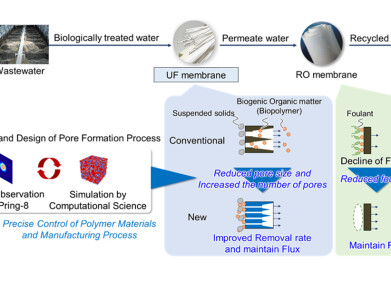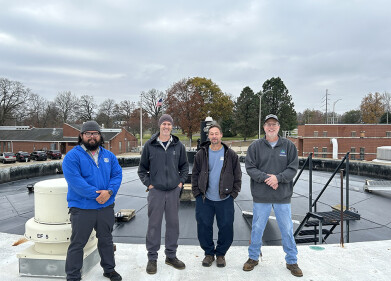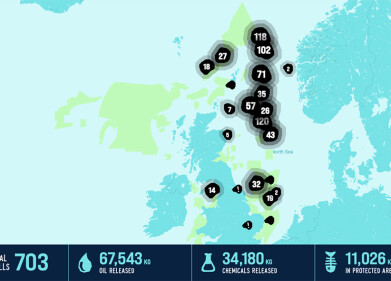Water/Wastewater
Extensive Regional Grit Gradation Data Published for the First Time
Mar 15 2017
Important reference data on the regional characteristics of wastewater grit across North America have been published for the first time. The Grit Gradation Data Sets will help engineers, owners and operators design and optimize grit removal systems for wastewater treatment plants.
The regional data sets have been compiled from over 120 tests conducted across the United States and Canada and published on the Advanced Grit ManagementTM website, an industry resource for scientific research and knowledge of wastewater grit.
“The efficiency of removal systems can be calculated much more accurately when the settling velocity of grit particles is fully understood,” explains Marcia Sherony, National Sales Manager for Hydro International. “These data sets contain both settling velocity and physical size data, making them the most comprehensive resource available on grit and its behavior.”
The Grit Gradation Data Sets will help designers and operators to estimate the characteristics, physical size and settling velocity of grit in their region, providing improved data on which to base the design of an effective grit system.
The data sets are based on real data from plants and provided for regions, states and provinces across the USA and Canada. The settling velocity is based on a Sand Equivalent Size (SES) calculation to reflect real-world variations in shape and specific gravity.
Variations due to local climate and geographical conditions lead to differences in the concentrations and behavior of grit in wastewater streams. At the same time, the model for grit particle size used for conventional plant design may be significantly inaccurate in real life plant conditions. Using inadequate data in system design could lead to substantial amounts of grit being missed and passing into downstream processes.
Marcia Sherony explains: “Grit particle size is often used in isolation as the principle criterion for designing conventional gravity sedimentation removal systems. These designs then apply an outdated industry-standard assumption that grit is spherical and has a specific gravity of 2.65. However, actual settling behavior is affected by variations in shape, as well as differences in specific gravity due to the presence of organic material or fats, oils and grease (FOG) around the grit particle.
“We have found that a high proportion of larger grit particles that should have been removed are still found downstream, because they settle as though they were a smaller particle so they are not captured. Designs calculated on the basis of a ‘standard’ grit particle size may be removing as little as 30-50% of incoming grit.”1
The new resource will provide data which could help to reassess the design parameters on which existing systems are based, while poor designs for new systems can be completely avoided. As well as accessing data, operators are advised to consider a carefully administered grit sampling program to establish an accurate size and settling velocity profile and enable a tailored collection strategy to be introduced.
Advanced Grit Management™ is a philosophy that challenges conventional thinking on grit removal, driving development of performance-optimized grit removal technologies and inviting the wastewater treatment industry to think differently about system specification, design and real-world performance.
Events
Mar 18 2025 Expo Santa Fe, Mexico
Mar 18 2025 Moscow, Russia
Mar 19 2025 Manila, Philippines
Mar 20 2025 Guangzhou, China
Mar 24 2025 National Harbour, MD, USA














